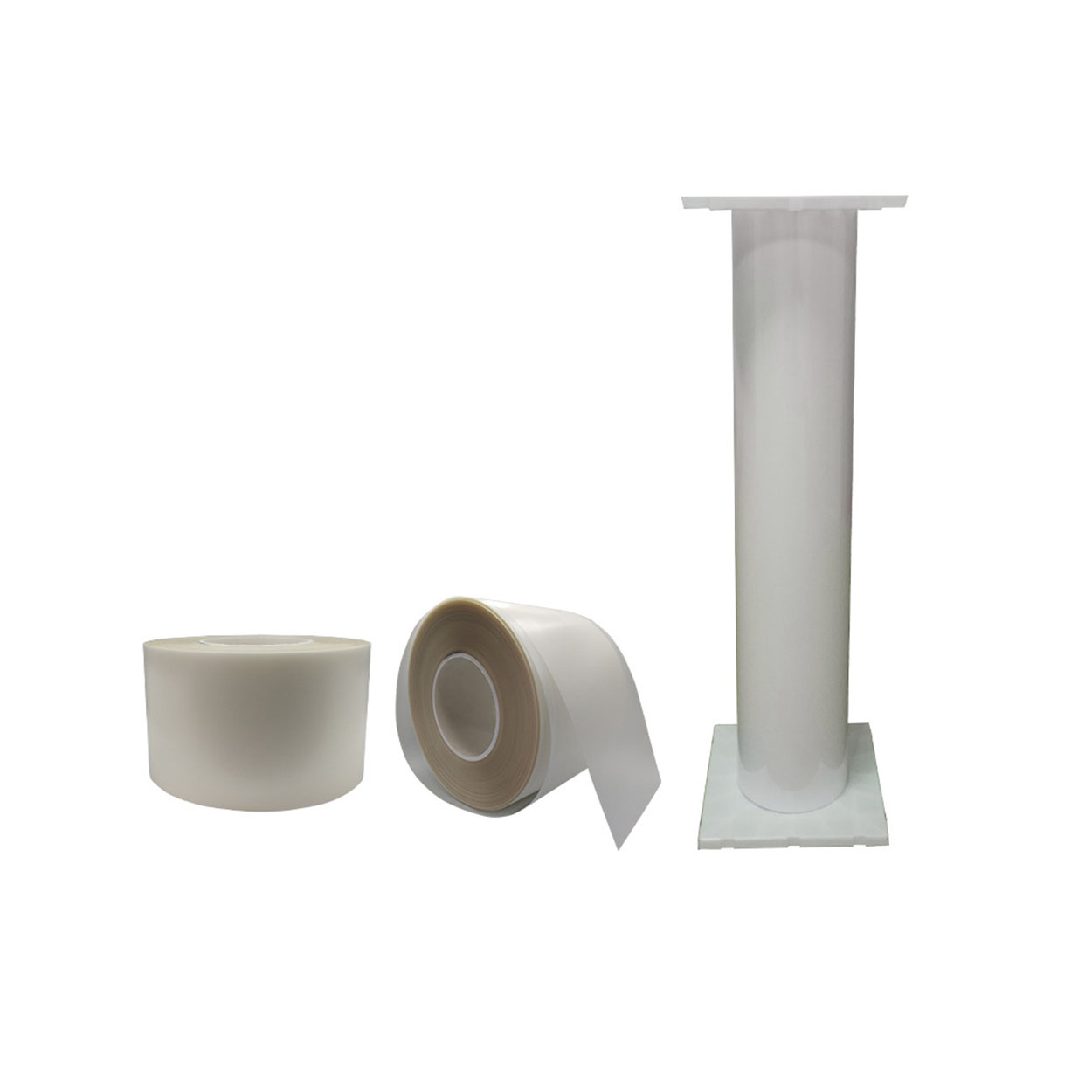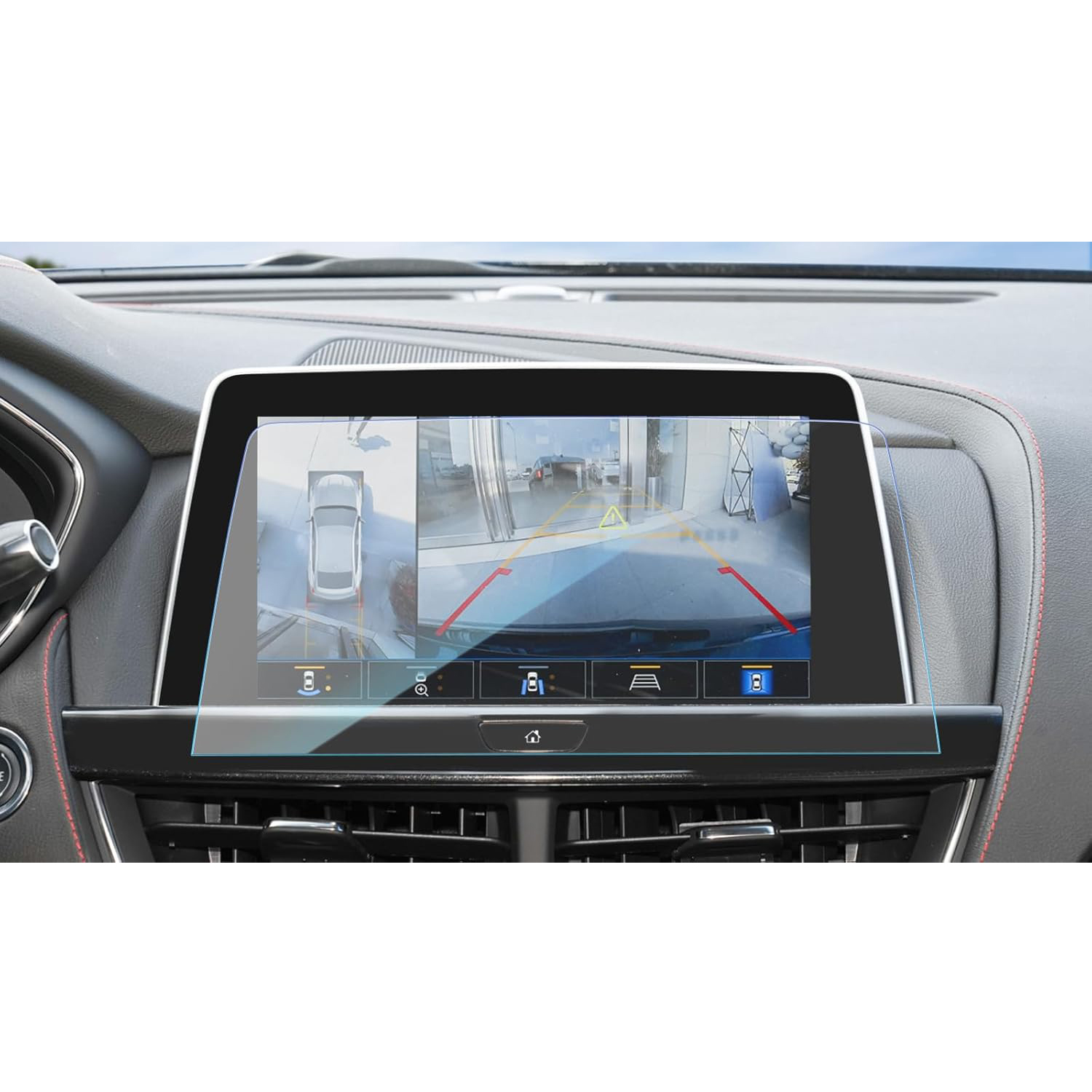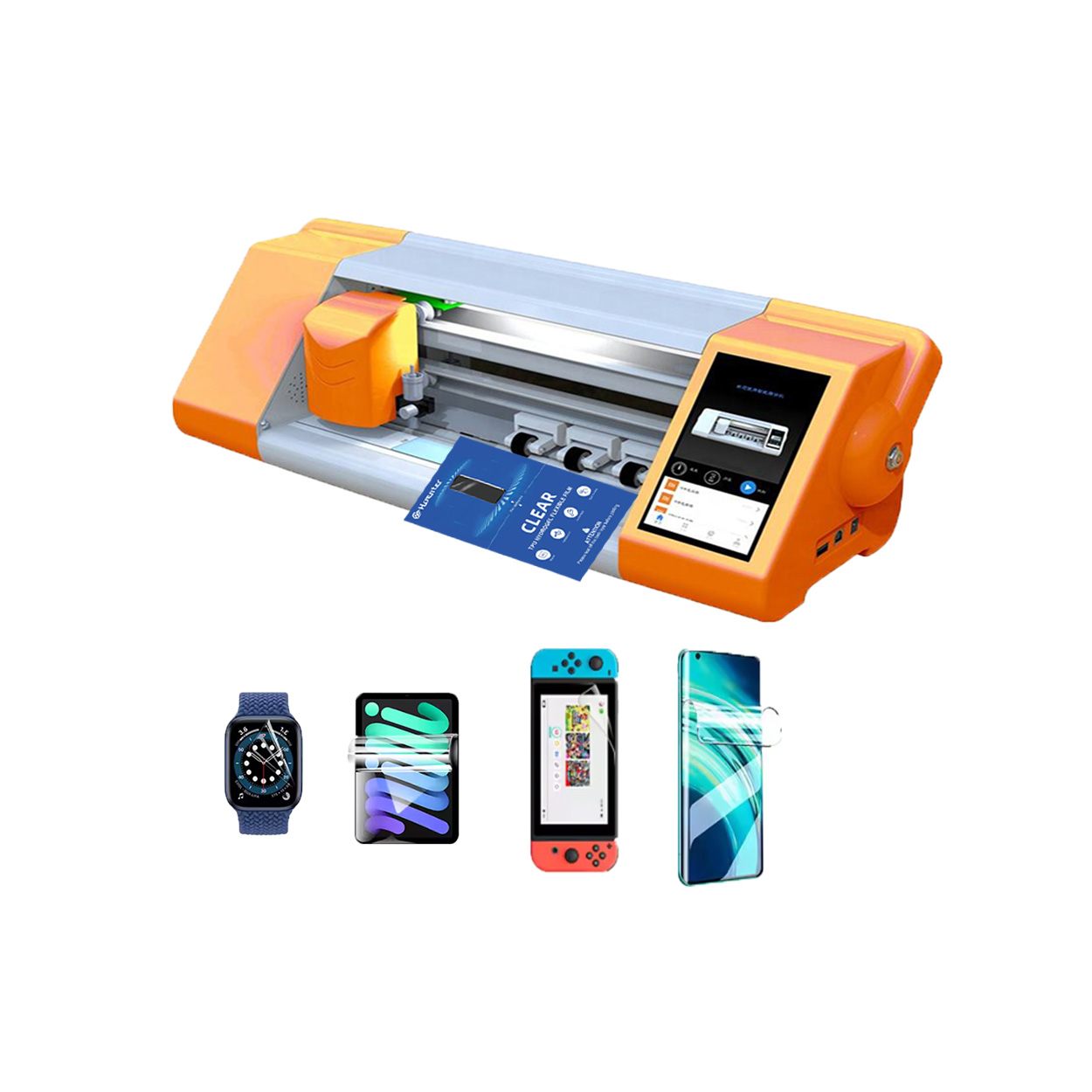
Tempered Glass vs. Hydrogel Screen Protector
Índice
Resumen
- Cristal templado: Offers robust protection, high transparency, and a glass-like feel. Ideal for users who prioritize durability and touch sensitivity.
- Hidrogel: Provides flexibility, self-healing properties, and full coverage for curved screens. Suitable for those who value aesthetics and everyday protection.
- Coste: Tempered glass is generally more affordable, while hydrogel may be more expensive but offers additional features.
- Instalación: Hydrogel is easier to install, while tempered glass requires precision.
- Impacto medioambiental: Hydrogel is more eco-friendly due to biodegradable materials.
Consider the factors discussed in this article to make an informed decision that best suits your lifestyle and device.
What is a Tempered Glass Screen Protector?
Tempered glass screen protectors are made from glass that has been treated with heat or chemicals to increase its strength. This process makes the glass up to five times stronger than regular glass, providing excellent protection against scratches and impacts. Cristal templado protectors are known for their high transparency and smooth touch, making them a popular choice for many users.These protectors are typically rated at 9H on the hardness scale, meaning they can withstand scratches from most materials except for diamonds. This level of hardness ensures that your device’s screen remains clear and free from blemishes, even after prolonged use. Additionally, tempered glass protectors often come with an oleophobic coating, which helps resist fingerprints and smudges, keeping your screen looking pristine.

Understanding Hydrogel Screen Protectors
Hydrogel screen protectors are made from a flexible, gel-like material that can absorb impacts and self-heal minor scratches. Unlike tempered glass, hidrogel protectors are thin and lightweight, offering a different kind of protection. They are particularly effective at covering curved screens and edges, providing full coverage for modern smartphones.En película de hidrogel is designed to be highly transparent, ensuring that the screen’s clarity and color accuracy are not compromised. Its self-healing properties mean that small scratches and dents can disappear over time, maintaining a smooth surface. This makes hydrogel protectors an attractive option for those who prioritize aesthetics and flexibility over sheer toughness.
Tempered Glass vs. Hydrogel: Which Offers Better Protection?
When it comes to protection, both tempered glass and hydrogel screen protectors have their strengths. Cristal templado is renowned for its ability to withstand significant impacts and prevent screen shattering. Its hardness makes it ideal for users who frequently drop their devices or work in environments where their phone might be exposed to rough conditions.On the other hand, hidrogel protectors excel in absorbing shocks and preventing minor scratches. Their flexibility allows them to cover more of the device, including curved edges, which can be a vulnerable spot for damage. For users who are more concerned about everyday wear and tear rather than severe impacts, hydrogel might be the better choice.

Durability: How Do They Compare?
In terms of durability, cristal templado protectors generally last longer due to their robust construction. They can endure multiple impacts without losing their protective qualities, making them a reliable long-term solution. However, they can crack or chip if subjected to extreme force, requiring replacement.Hidrogel protectors, while not as hard, offer excellent durability against scratches and minor impacts. Their self-healing properties mean they can maintain a smooth surface over time, even with regular use. However, they may need to be replaced more frequently if subjected to heavy use or significant impacts.
Clarity and Touch Sensitivity: Which Feels Better?
Both types of screen protectors offer excellent clarity, but there are subtle differences. Cristal templado protectors provide a glass-like feel that closely mimics the original screen, offering a smooth and responsive touch experience. This makes them ideal for users who prioritize a natural touch feel and high transparency.Hidrogel protectors, while also clear, have a slightly different texture due to their gel-like composition. They offer a softer touch, which some users find more comfortable. Additionally, their flexibility allows them to maintain touch sensitivity even on curved screens, making them a versatile option for various devices.
Installation Process: Easy or Challenging?
Instalación de un cristal templado screen protector can be straightforward, but it requires precision to avoid bubbles and misalignment. Most tempered glass protectors come with installation kits that include cleaning wipes and alignment tools to help achieve a perfect fit.Hidrogel protectors, on the other hand, are known for their easy installation process. Their flexibility allows them to conform to the screen’s shape, reducing the risk of bubbles. Many hydrogel protectors are also designed to be repositionable, allowing users to adjust them during installation for a perfect fit.
Cost Comparison: Is Hydrogel More Expensive Than Tempered Glass?
The cost of screen protectors can vary widely depending on the brand and features. Generally, cristal templado protectors are more affordable, making them a popular choice for budget-conscious consumers. They offer excellent value for money, given their durability and protective qualities.Hidrogel protectors tend to be slightly more expensive due to their advanced materials and self-healing properties. However, their ability to cover curved screens and provide a seamless look can justify the higher price for many users. Ultimately, the choice between the two will depend on individual preferences and budget considerations.

Aesthetic Appeal: Which Looks Better on Your Device?
Aesthetically, both types of protectors have their merits. Cristal templado protectors offer a sleek, glass-like appearance that complements the device’s original design. Their high transparency ensures that the screen’s colors and brightness are not diminished.Hidrogel protectors, with their thin and flexible design, provide a more subtle look. They can cover the entire screen, including curved edges, for a seamless appearance. This makes them an excellent choice for users who want to maintain the device’s original look while adding a layer of protection.
Environmental Impact: Which is More Eco-Friendly?
When considering the environmental impact, hidrogel protectors may have an edge due to their biodegradable materials. They are designed to break down more easily than tempered glass, reducing their environmental footprint.Cristal templado protectors, while durable, are not biodegradable and can contribute to electronic waste if not disposed of properly. However, their long lifespan means they may need to be replaced less frequently, potentially offsetting some of their environmental impact.
User Experiences: What Do People Prefer?
User preferences for screen protectors can vary widely based on individual needs and experiences. Many users appreciate the robust protection and glass-like feel of cristal templado protectors, especially those who prioritize screen safety and touch sensitivity.Others prefer the flexibility and self-healing properties of hidrogel protectors, particularly those with devices featuring curved screens. The ability to cover more of the device and maintain a smooth surface over time makes hydrogel an attractive option for many.
Comentarios
Etiquetas
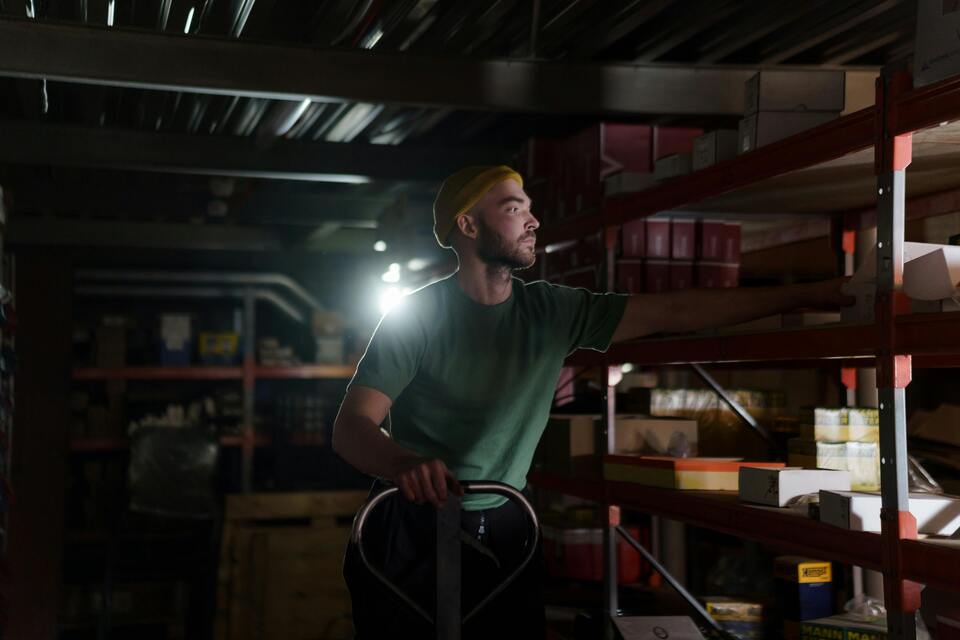
Can I Use Samsung Financing to Repair My Phone?
By leveraging Samsung’s services, you can keep your phone in top condition, ensuring it continues to serve you well in your daily life.
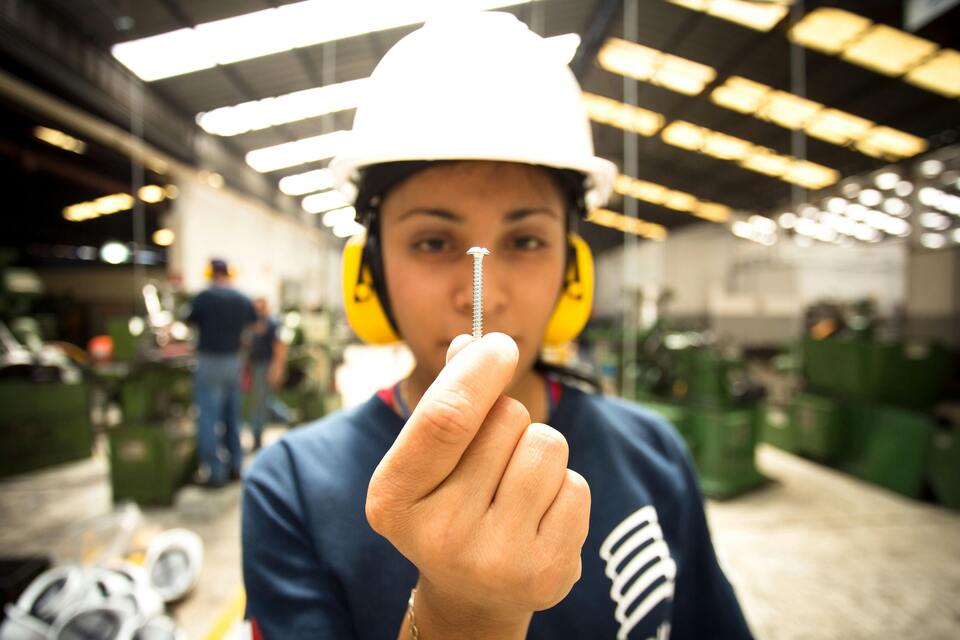
¿Cuánto cuesta reparar un teléfono?
Comprender los costos y las opciones de reparación del teléfono es esencial para tomar decisiones informadas sobre el cuidado de su dispositivo.
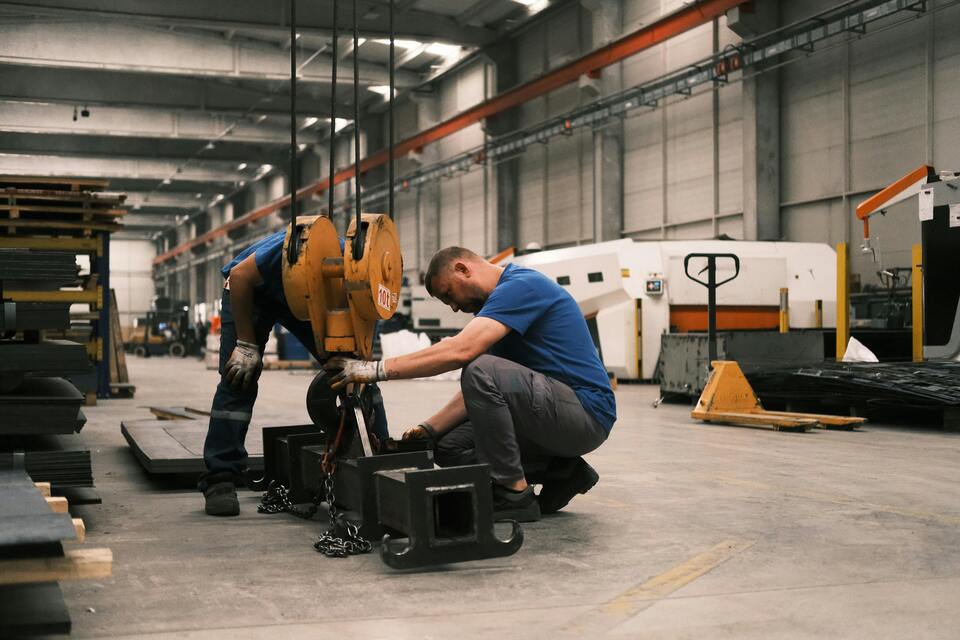
How to Put the Screen Protector?
A well-applied screen protector can significantly extend the life of your smartphone’s screen.
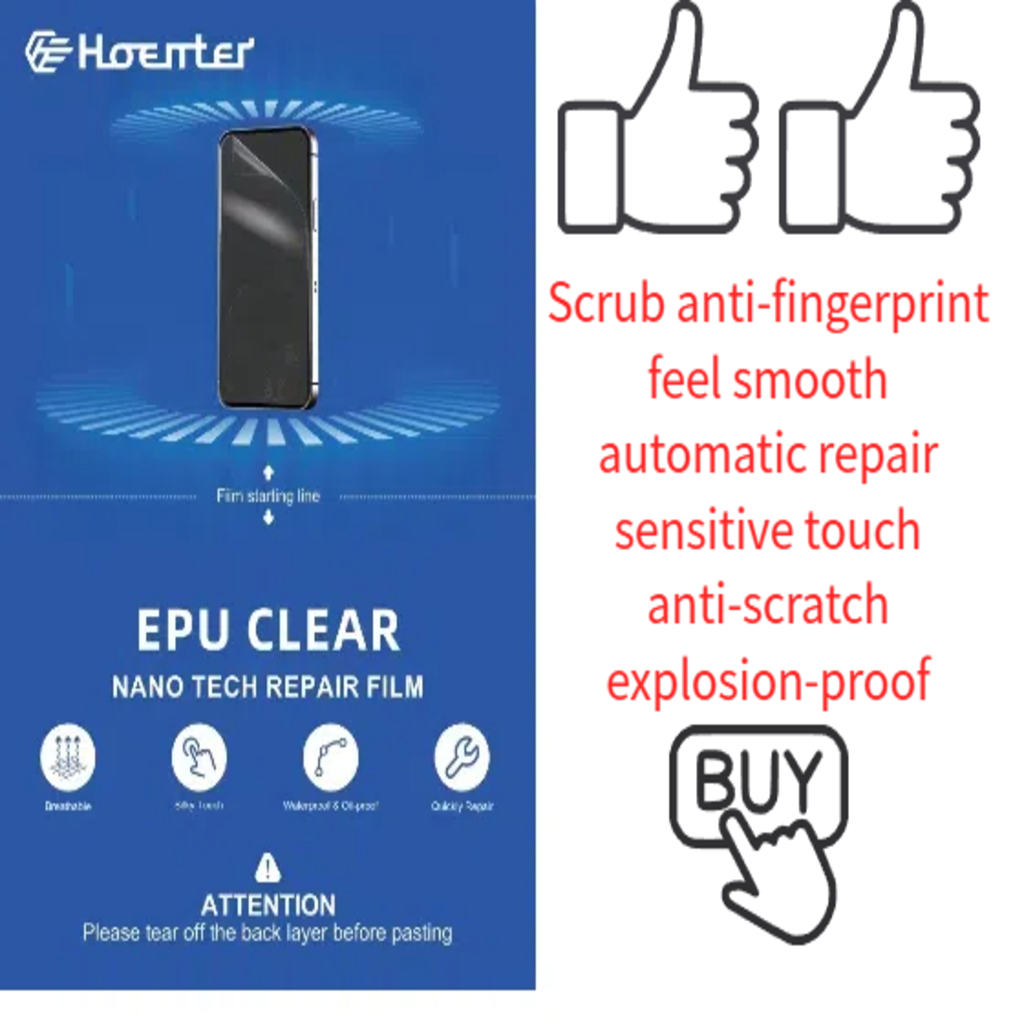
Wholesale Flexible Self-Healing EPU Clear Screen Protector
Wholesale Flexible Self-Healing EPU Clear Screen Protectors offering invisible protection, long-lasting clarity, and superior touch sensitivity.

Máquinas inteligentes de corte de pantallas de privacidad para minoristas: Aumentar la satisfacción del cliente
Las máquinas inteligentes de corte de pantallas de privacidad están revolucionando el sector minorista al ofrecer tecnología avanzada para la personalización, una mayor eficacia operativa y una mayor satisfacción del cliente.
Encuentre Todos los conocimientos y tendencias de nuestro blog, obtenga el precio al por mayor y la mejor calidad de nuestra fábrica.

Qué máquina de corte de película y su aplicación
Las cortadoras de película han desempeñado un papel crucial en la evolución del cine y de diversos procesos industriales al permitir el corte y empalme precisos de materiales de película.

¿Qué es una máquina cortadora de protectores de pantalla?
Una cortadora de protectores de pantalla es un dispositivo especializado diseñado para producir protectores de pantalla a medida para diversos dispositivos electrónicos, como smartphones, tabletas, smartwatches, portátiles y monitores.

Cómo funciona la máquina de corte de protector de pantalla de teléfono móvil?
Una máquina cortadora de protectores de pantalla para teléfonos móviles es un sofisticado dispositivo diseñado
fabricar protectores de pantalla personalizados para diversos dispositivos digitales con alta preci
y eficiencia.

Características del cristal templado para teléfonos móviles y del protector de pantalla de TPU para teléfonos móviles
Los protectores de pantalla de poliuretano termoplástico (TPU) son flexibles, duraderos y
películas plásticas autorreparadoras diseñadas para proteger las pantallas de los dispositivos electrónicos de
arañazos, golpes y otros posibles daños.

Revolucione la protección de sus dispositivos con la cortadora de protectores de pantalla
Tanto si tienes un smartphone, una tableta o un smartwatch, esta versátil máquina se adapta a una amplia gama de dispositivos. Se adapta perfectamente a las dimensiones de tu gadget, ofreciendo un ajuste personalizado que los protectores genéricos no pueden igualar.

Protector de pantalla Garantía de por vida
La garantía de por vida de un protector de pantalla es una garantía proporcionada por los fabricantes que
se compromete a reparar o sustituir un protector de pantalla durante toda la vida útil del producto, en condiciones específicas.


